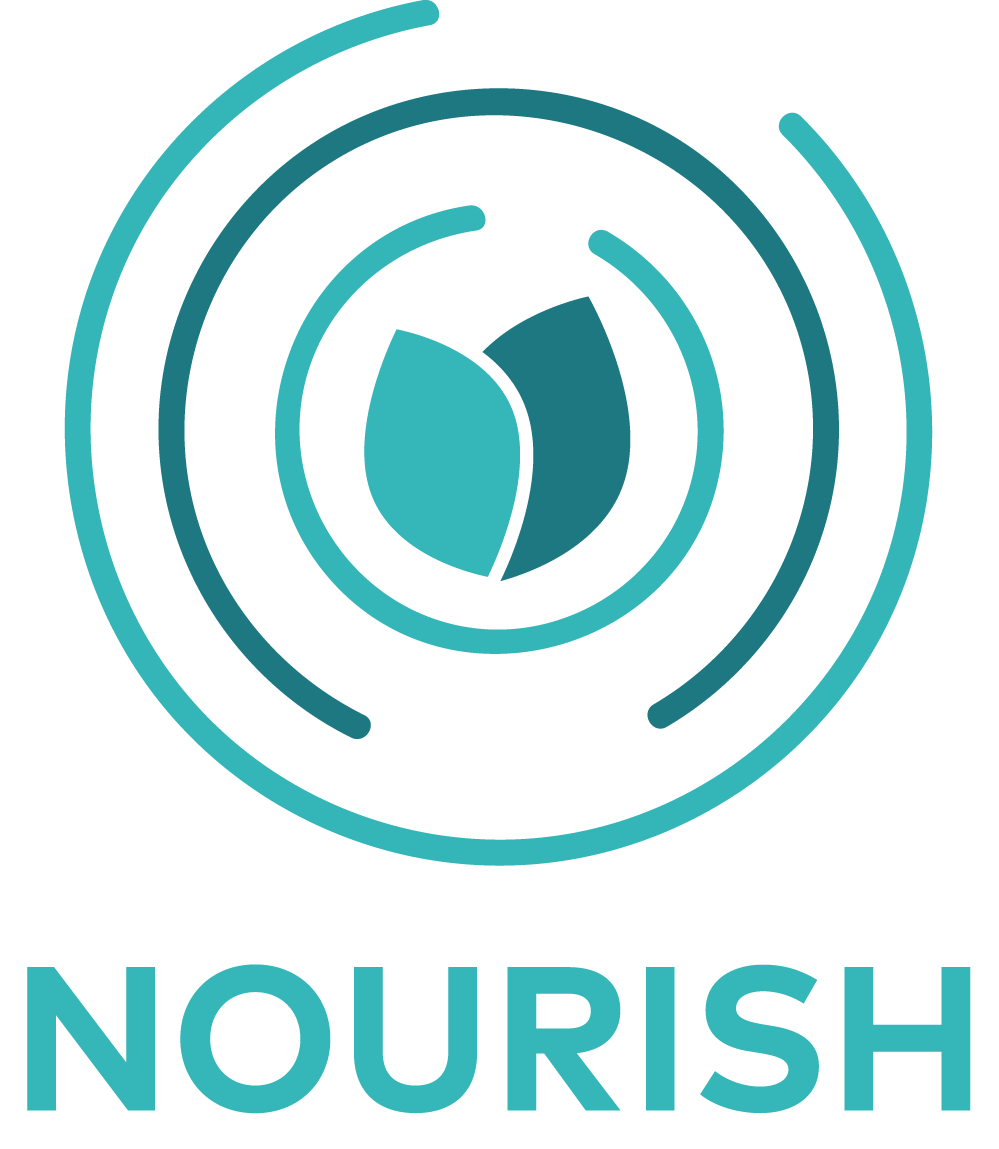Sustainable Purchasing
Health care procurement can powerfully shift from buying food based only on lowest cost to instead assess best value by considering where food is sourced from and how it’s produced and prepared.
There are many facets of sustainability, beyond nutrients, in bringing the healthiest food to patients, staff, families and communities. These include: local economic multipliers, sustainable production, fair labour practices, and minimal processing, amongst others. Leveraging the purchasing power of the more than $4 billion annual spend by the Canadian health care sector on food services will powerfully shift markets towards sustainability.
ACTIONS to Advance Sustainable Purchasing
Values-Based Procurement
The health care sector can better leverage the power of $4 billion spent on food services each year by including specifications for local, sustainable food in its food purchasing and food service contracts. This includes developing criteria to measure the social and environmental attributes of food, like fair labour practices and protection of biodiversity and ecosystems.
New Supplier Relationships
Developing new supplier relationships with local producers and processors, including businesses owned by Black, Indigenous, and People of Color (BIPOC), will help to support a diversified and more resilient food economy and supply chain.
Less Meat, Better Meat
Health care organizations can utilize less meat/better meat strategies for their menus and purchasing, strategically reducing meat on the menu and directing dollars to incentivize animal and seafood producers to reduce their use of antibiotics and produce more sustainably. Supporting Indigenous foodways through sourcing of traditional country foods including game and fish is an essential part of this action to reflect the First Nations, Métis and Inuit communities served by health care facilities.
Choose "raised without the use of antibiotics"
Health care facilities are on the front line of dealing with antibiotic resistance, named a global public health threat by the World Health Organization. “Before the onset of the COVID pandemic, it was estimated that, in 2018, over one-quarter of bacterial infections in Canada were resistant to at least one first-line antimicrobial and that 14,000 Canadian deaths were associated with AMR [Antimicrobial Resistance], with AMR directly responsible for 5,400 of these deaths.” Health care facilities can flex one of their biggest muscles that could help address antibiotic resistance: their food purchasing power and influence by developing markets for meat raised without antibiotics.
RESOURCES to Advance Sustainable Purchasing:
Food Secure Canada Report, Purchasing Power: 10 Lessons on Getting More Local, Sustainable and Delicious Food in Schools, Hospitals and Campuses
Greenbelt Case Study, Farm to Institution: The Power of Public Sector Purchasing
Nourish Transition Practice Study, Dan Munshaw/City of Thunder Bay
Nourish Values-Based Procurement of Food in Health Care Primer
Back to the Food for Health Levers overview.

